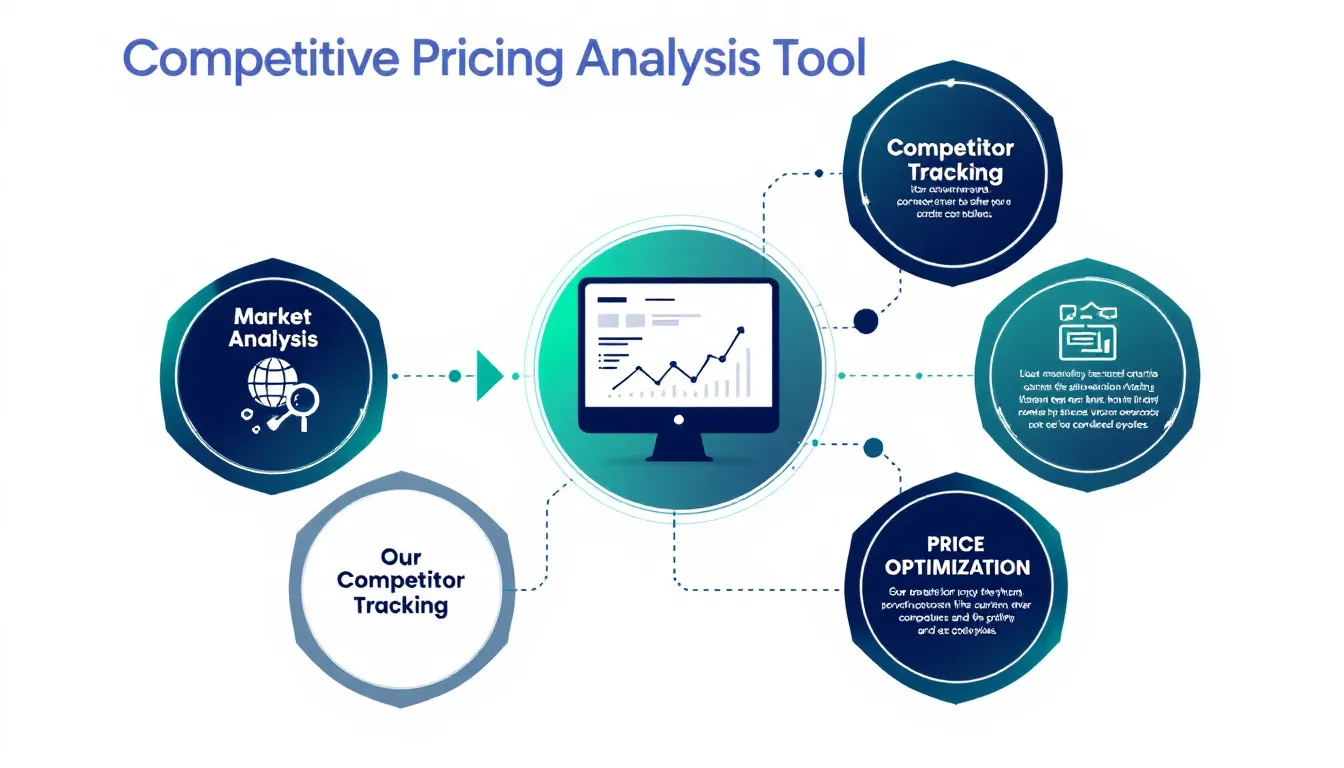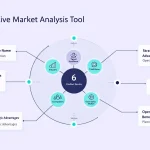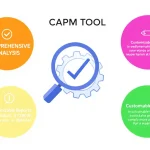Is this tool helpful?
How to Use the Competitive Pricing Analysis Tool Effectively
This tool guides you through evaluating your pricing strategy by comparing it with your competitors and analyzing market conditions. Here’s how to fill in each field with practical examples to get the most accurate insights.
Field Instructions with Sample Inputs
-
Company Name: Enter the name of your business. Examples:
- BrightWave Technologies
- FreshHarvest Organics
-
Industry/Market Sector: Specify your main industry or focus area. Examples:
- Renewable Energy Solutions
- Premium Coffee Retail
-
Main Competitors: List your key competitors, one per line. Make sure to include firms that compete for your customers directly or indirectly. Examples:
- SolarPro Inc.
- GreenField Energy
- EcoPower Solutions
-
Products/Services: List your offers along with their pricing. Example format:
- Residential Solar Panels – $7,499
- Maintenance Service Package – $499/year
- Portable Battery Storage – $1,299
-
Current Pricing Structure: Describe your pricing tiers or models if applicable. Examples:
- Tier 1: Basic Installation – Fixed Price
- Tier 2: Premium Installation – Includes extended warranty and discounts
-
Geographic Market: Specify your target sales area. Examples:
- Western Europe
- US Northeast Region
What is the Competitive Pricing Analysis Tool?
The Competitive Pricing Analysis Tool helps you understand how your pricing compares to your competitors across various markets and industries. It uses your inputs to generate insights that highlight gaps in pricing, suggest optimization opportunities, and improve your market positioning. This tool supports your pricing strategy with data-driven analysis, enabling you to make informed decisions that increase profitability and maintain competitive advantage.
Key Features and Benefits
- Detailed competitor pricing comparison
- Identification of pricing gaps and opportunities
- Evaluation of value propositions relative to market standards
- Recommendations for bundling and tiered pricing
- Market-specific pricing insights based on geographic data
Practical Applications of the Pricing Analysis Tool
Rather than performing manual market scans, you can leverage this tool to streamline your pricing decisions and tailor your strategy according to real market data.
Use Case Examples
Optimizing Subscription Pricing for a SaaS Company
- Current subscription tiers: Basic $12/month, Professional $45/month, Enterprise $120/month
- Competitor pricing highlights: Competitor X’s Professional plan at $50/month, Enterprise at $110/month; Competitor Y offers a Basic plan for $10/month but limited features
- Suggested action: Adjust Professional to $48/month with added customer support, maintain Enterprise pricing but offer customizable add-ons
Developing Bundles in a Boutique Fitness Studio
- Current services and pricing: Yoga Classes $20/session, Pilates Classes $25/session, Personal Training $65/session
- Recommended bundling: Wellness Package combining 10 yoga sessions and 5 personal training sessions for $400, incentivizing customers and improving retention
Advanced Strategies Enabled by the Tool
Segmented Pricing for Market Differentiation
You can use customer segmentation data to customize pricing models based on regional preferences, demographics, or buying behavior, enhancing your ability to capture diverse market niches.
Value-Based Pricing Implementation
By assessing the perceived value your products or services provide compared to competitors, you can set prices that reflect this value, not just costs or competitor prices. Consider customer benefits, willingness to pay, and alternatives to arrive at an optimal price point.
Frequently Asked Questions About Pricing Analysis
How often should you update pricing strategies?
You should review and update your pricing at least quarterly, with monthly checks on competitor changes and market trends to stay competitive.
Should you always match competitor prices?
No. Set your prices based on your unique value and target market positioning rather than following competitors blindly.
How to test new pricing approaches?
Implement controlled experiments such as A/B testing with specific customer segments or regions to measure impact before full rollout.
What metrics indicate successful pricing?
Track sales volume, customer retention, average revenue per user, profit margins, and market share to assess pricing effectiveness.
Summary
The Competitive Pricing Analysis Tool provides a clear, data-informed path to optimize your pricing strategy. By comparing your prices with competitors, understanding market segments, and applying value-based principles, you can improve profitability and market position with confidence.
Important Disclaimer
The calculations, results, and content provided by our tools are not guaranteed to be accurate, complete, or reliable. Users are responsible for verifying and interpreting the results. Our content and tools may contain errors, biases, or inconsistencies. Do not enter personal data, sensitive information, or personally identifiable information in our web forms or tools. Such data entry violates our terms of service and may result in unauthorized disclosure to third parties. We reserve the right to save inputs and outputs from our tools for the purposes of error debugging, bias identification, and performance improvement. External companies providing AI models used in our tools may also save and process data in accordance with their own policies. By using our tools, you consent to this data collection and processing. We reserve the right to limit the usage of our tools based on current usability factors.







